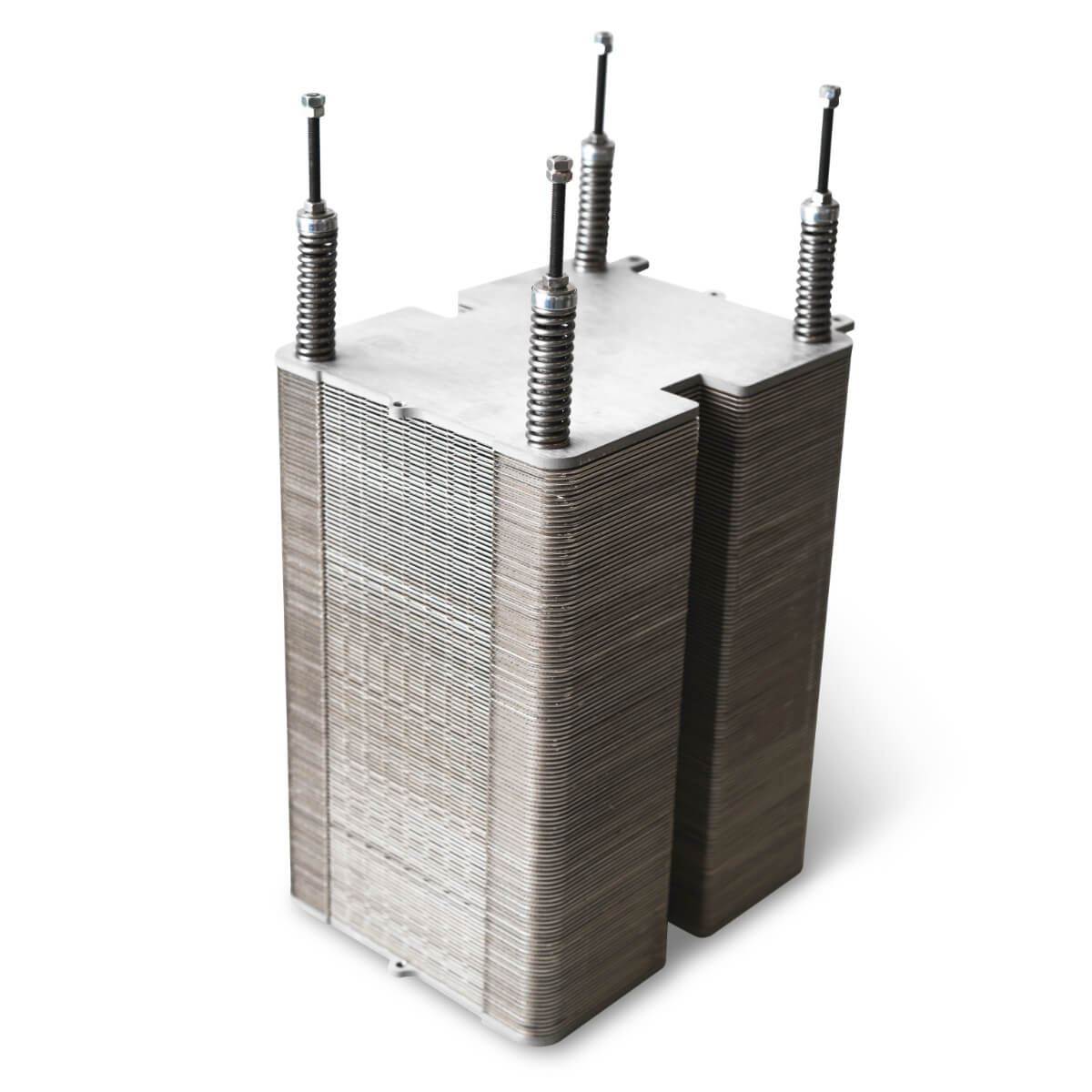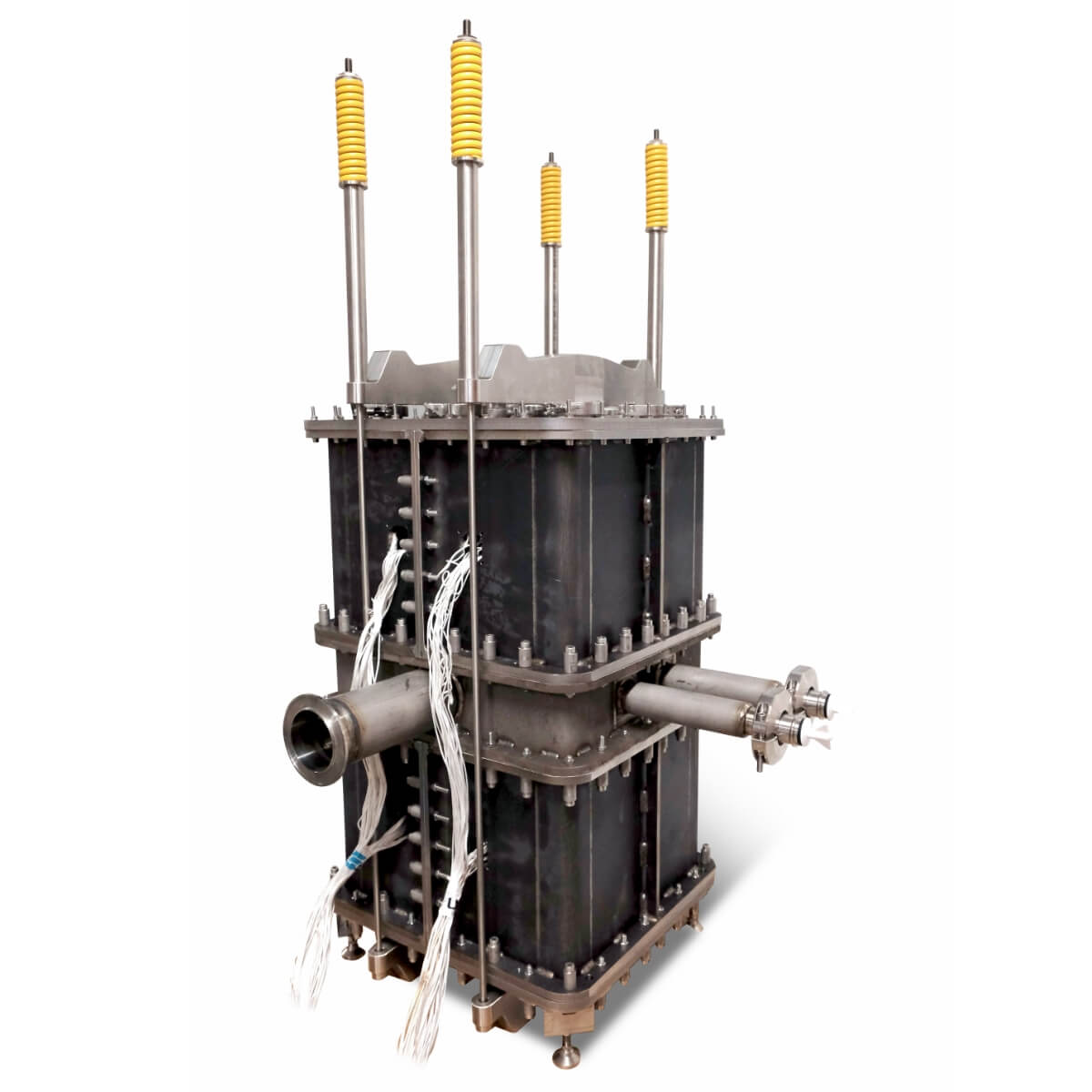The solid oxide cell can be operated reversibly in both fuel cell mode and in electrolysis mode. In fuel cell mode electrical energy and water are produced from hydrogen fuel and in electrolysis mode electrical energy is used to split water into hydrogen and oxygen. When operating reversibly, extra energy during times of energy surplus can be stored in the form of hydrogen or syngas (when water is combined with CO2) for later use in fuel cell mode during times of energy need. This dynamic can be used to stabilise energy production and increase efficiency of large-scale production facilities.
Heat and electricity generation in Guangzhou, China
The Guangzhou Nansha “Multiple in One” Micro-Energy Demonstration project is the first energy demonstration project to be implemented based on the MoU signed between Finland’s Ministry of Economic Affairs and Employment and China’s National Energy Administration. The project uses various leading technologies that enables clean energy production and more efficient use of energy for the […]
Read more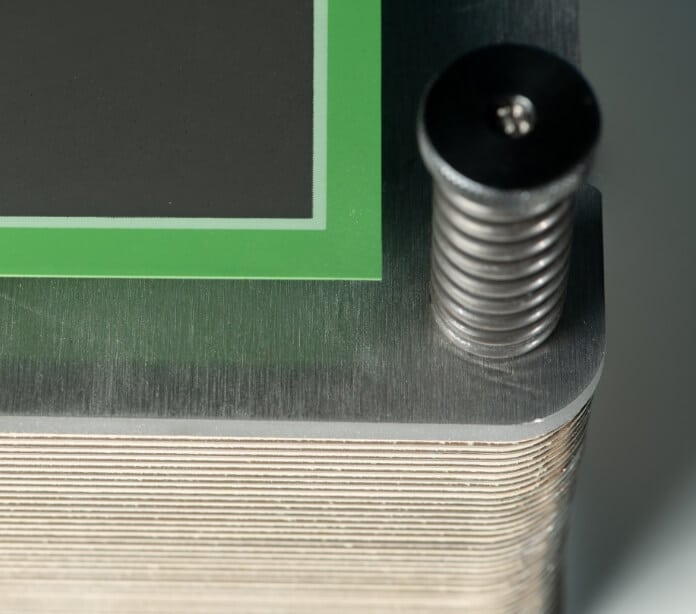
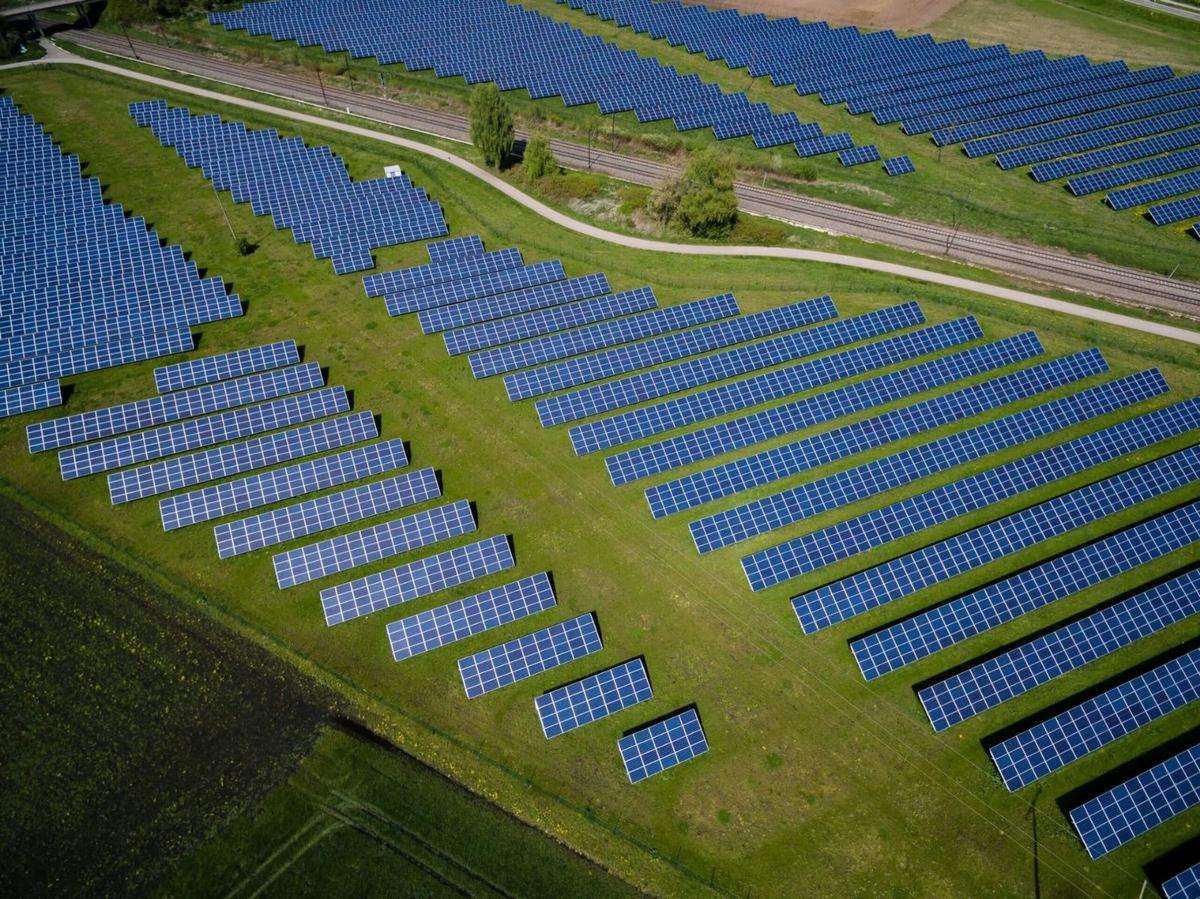; ?>)
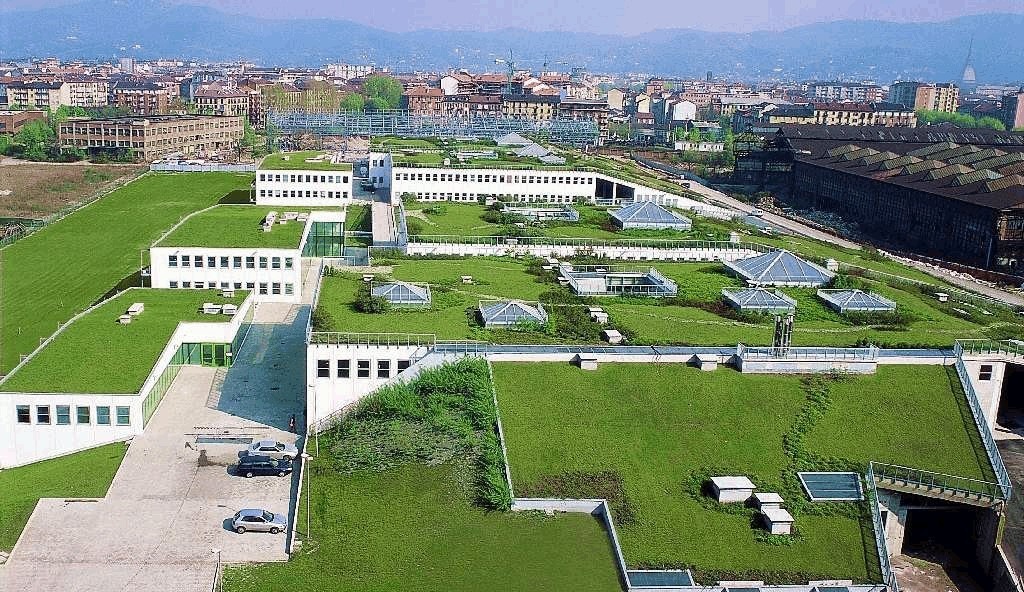; ?>)

